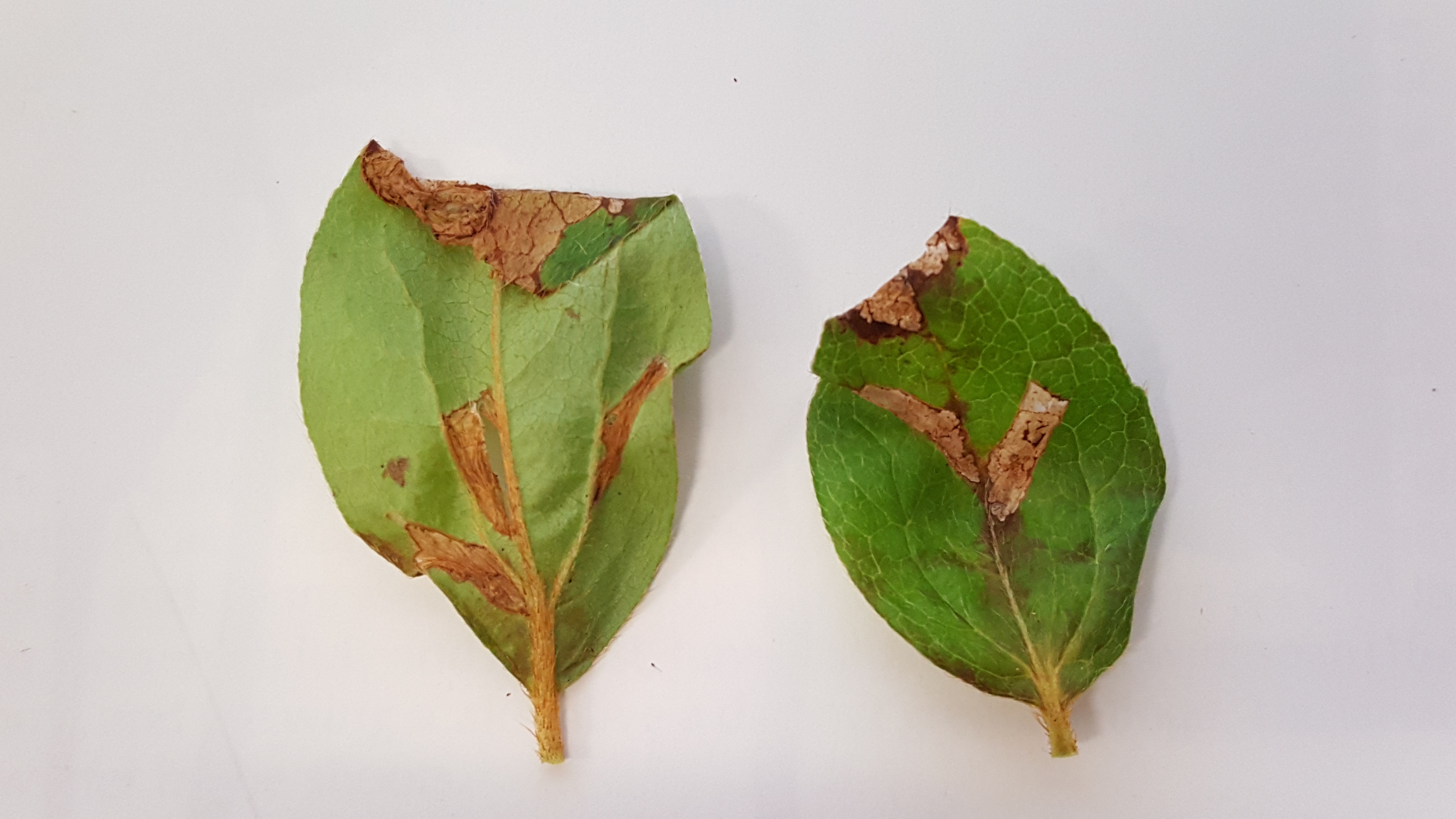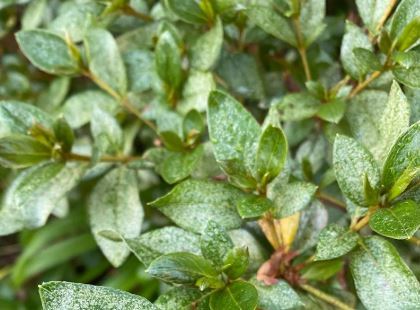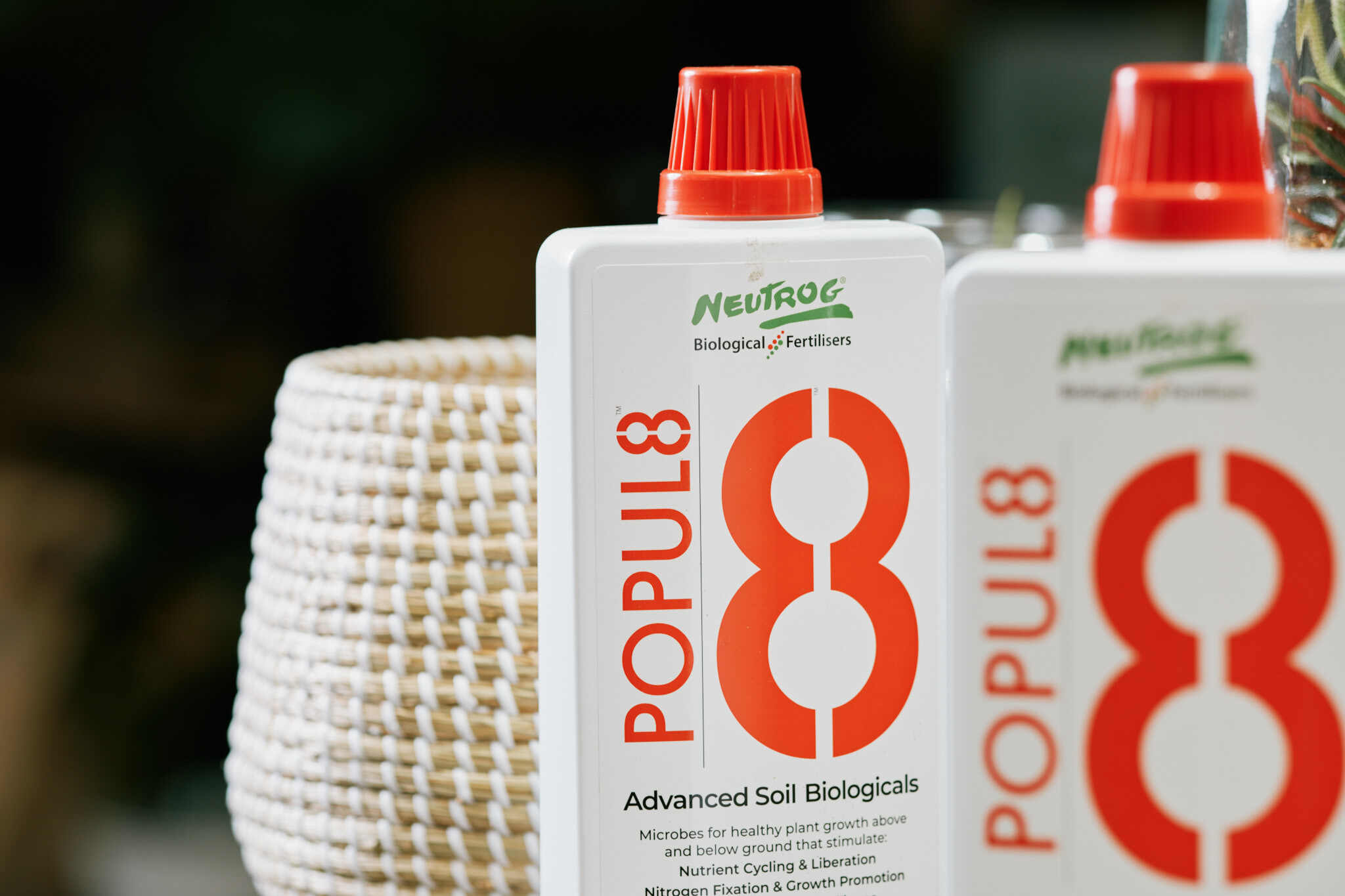Azalea Pests
Azaleas are cherished in Tasmanian gardens for their vibrant blooms and lush foliage. However, as the seasons transition from summer to autumn, these beloved plants can fall prey to several pests, notably the Azalea Leaf Miner and Azalea Lace Bug. Recognising and addressing these pests early is key to maintaining the health and beauty of your azaleas.
Identifying Common Azalea Pests
Azalea Leaf Miner
These small moth larvae tunnel within the leaves, creating visible serpentine mines. Affected leaves may curl, discolor, and drop prematurely, weakening the plant over time. These caterpillars roll and bind leaves with silk, feeding from within their protective shelters. This results in tightly rolled, skeletonized leaves and can significantly damage the plant if left unchecked.

Azalea Lace Bug
These tiny, sap-sucking insects reside on the underside of leaves, causing stippling or speckled discoloration on the upper surface.
Severe infestations can lead to leaf drop and reduced plant vigor.

Natural Control Methods
At Harmony, we advocate for non-toxic, environmentally friendly approaches to pest management. Here are some strategies to naturally control azalea pests:
-
Hand Removal: Regularly inspect your azaleas and manually remove any visible pests or affected leaves. This is especially effective for small infestations.
-
Encourage Beneficial Insects: Introduce natural predators like ladybugs and lacewings into your garden. These beneficial insects feed on common azalea pests and help keep their populations in check.
-
Proper Pruning: Improve air circulation by pruning overcrowded branches. This reduces the favorable conditions that pests thrive in and helps prevent the spread of infestations.
-
Maintain Plant Health: Healthy plants are more resilient to pest infestations. Ensure your Azalea are well-watered, appropriately fertilised, and mulched to retain soil moisture and regulate temperature. Consider applying Popul8 as a pick me up and probiotic for the soil

When Natural Methods Aren't Enough
In cases of severe infestations where natural methods prove insufficient, chemical controls may be considered as a last resort.

